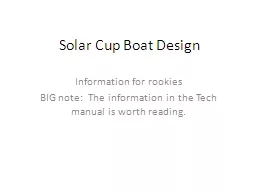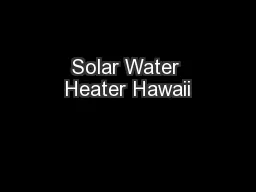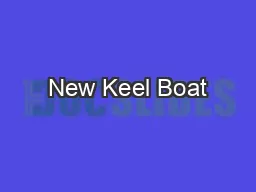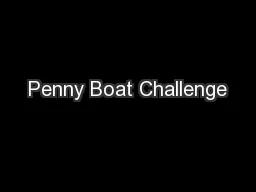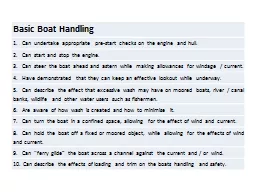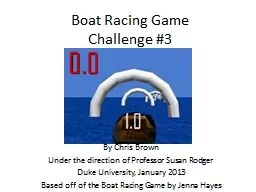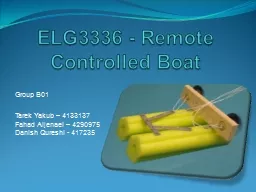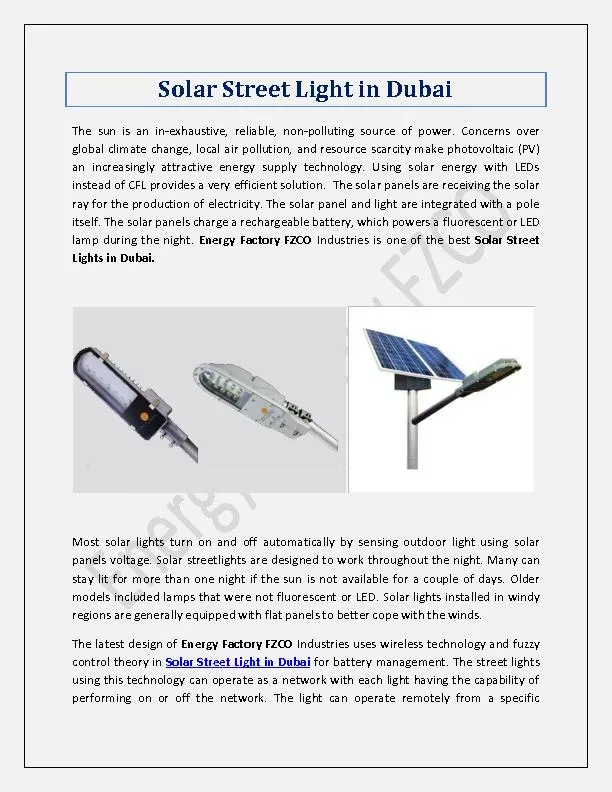PPT-Solar Cup Boat Design
Author : trish-goza | Published Date : 2017-07-22
Information for rookies BIG note The information in the Tech manual is worth reading Important reference info Weight and Drag are the enemy The propeller handbook
Presentation Embed Code
Download Presentation
Download Presentation The PPT/PDF document "Solar Cup Boat Design" is the property of its rightful owner. Permission is granted to download and print the materials on this website for personal, non-commercial use only, and to display it on your personal computer provided you do not modify the materials and that you retain all copyright notices contained in the materials. By downloading content from our website, you accept the terms of this agreement.
Solar Cup Boat Design: Transcript
Download Rules Of Document
"Solar Cup Boat Design"The content belongs to its owner. You may download and print it for personal use, without modification, and keep all copyright notices. By downloading, you agree to these terms.
Related Documents

